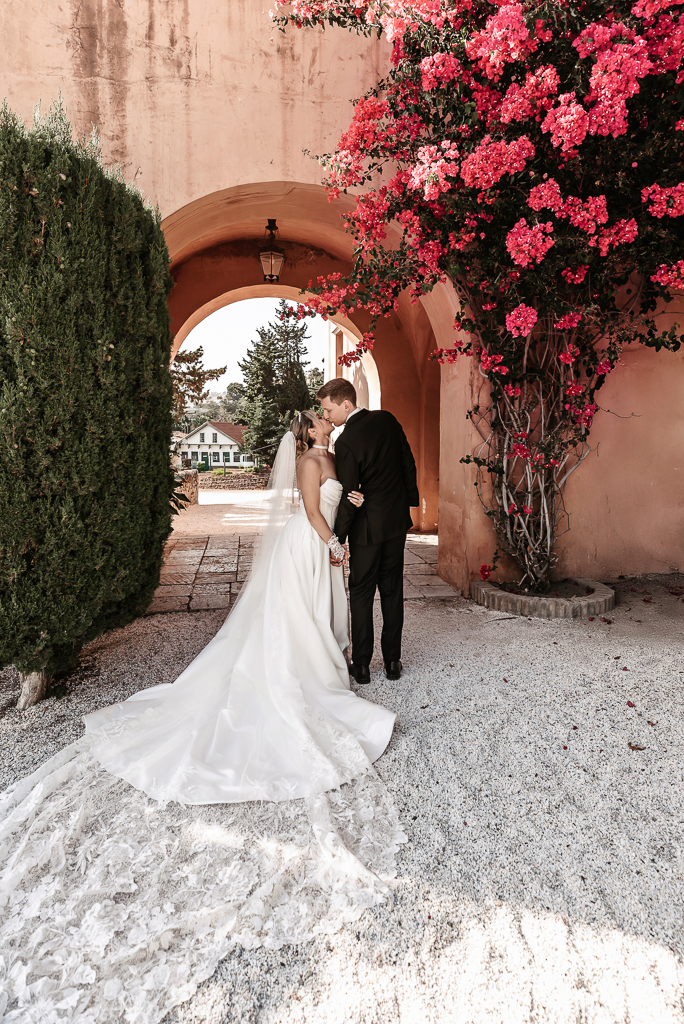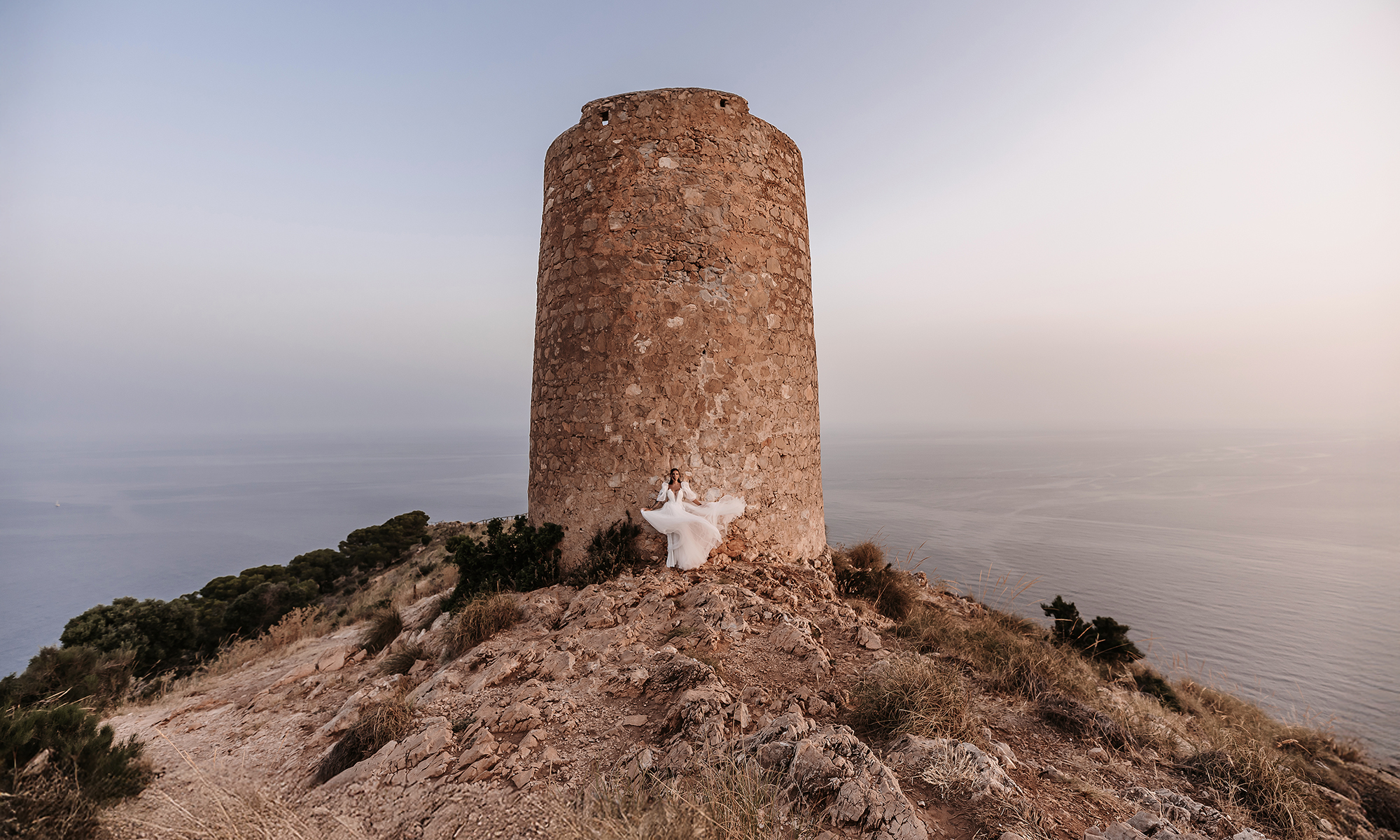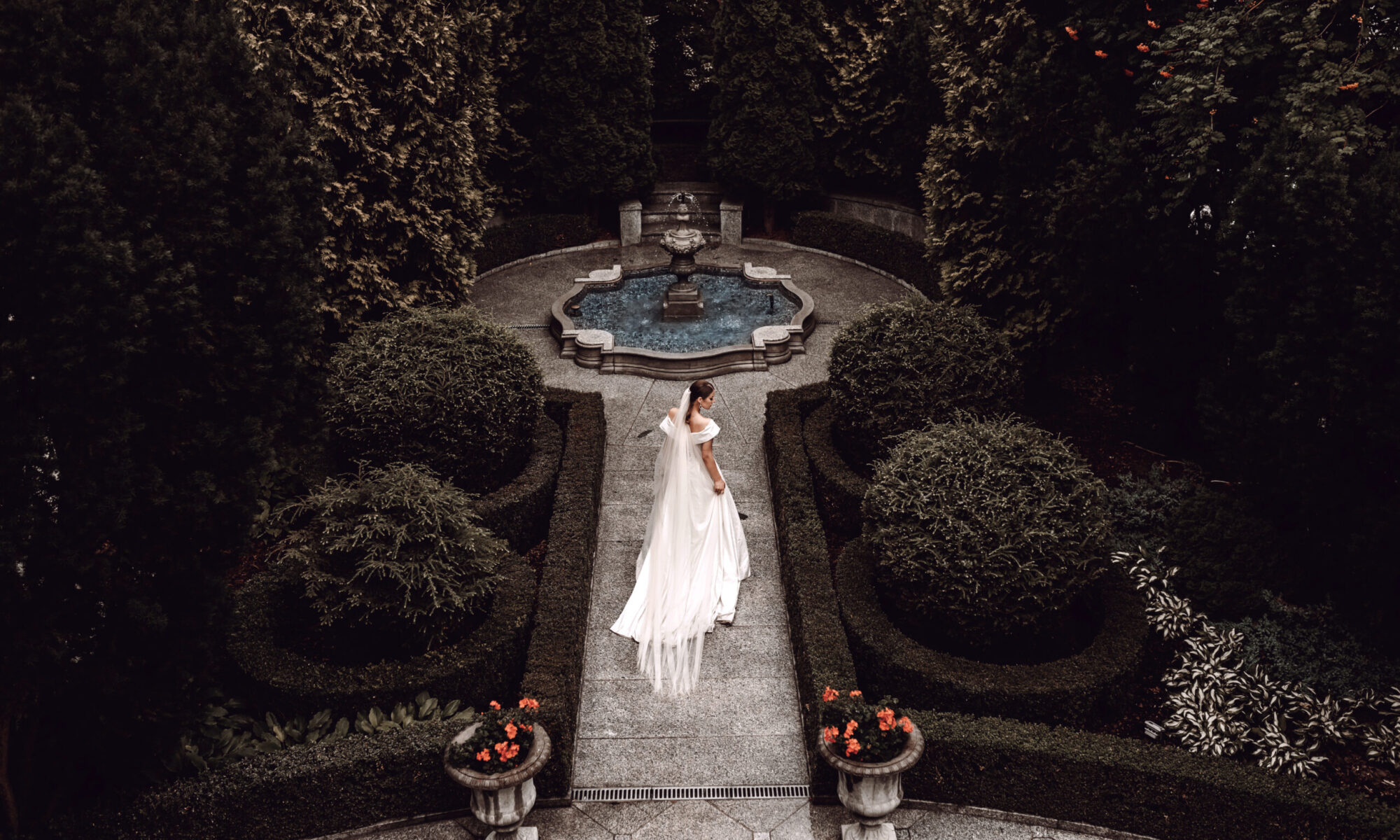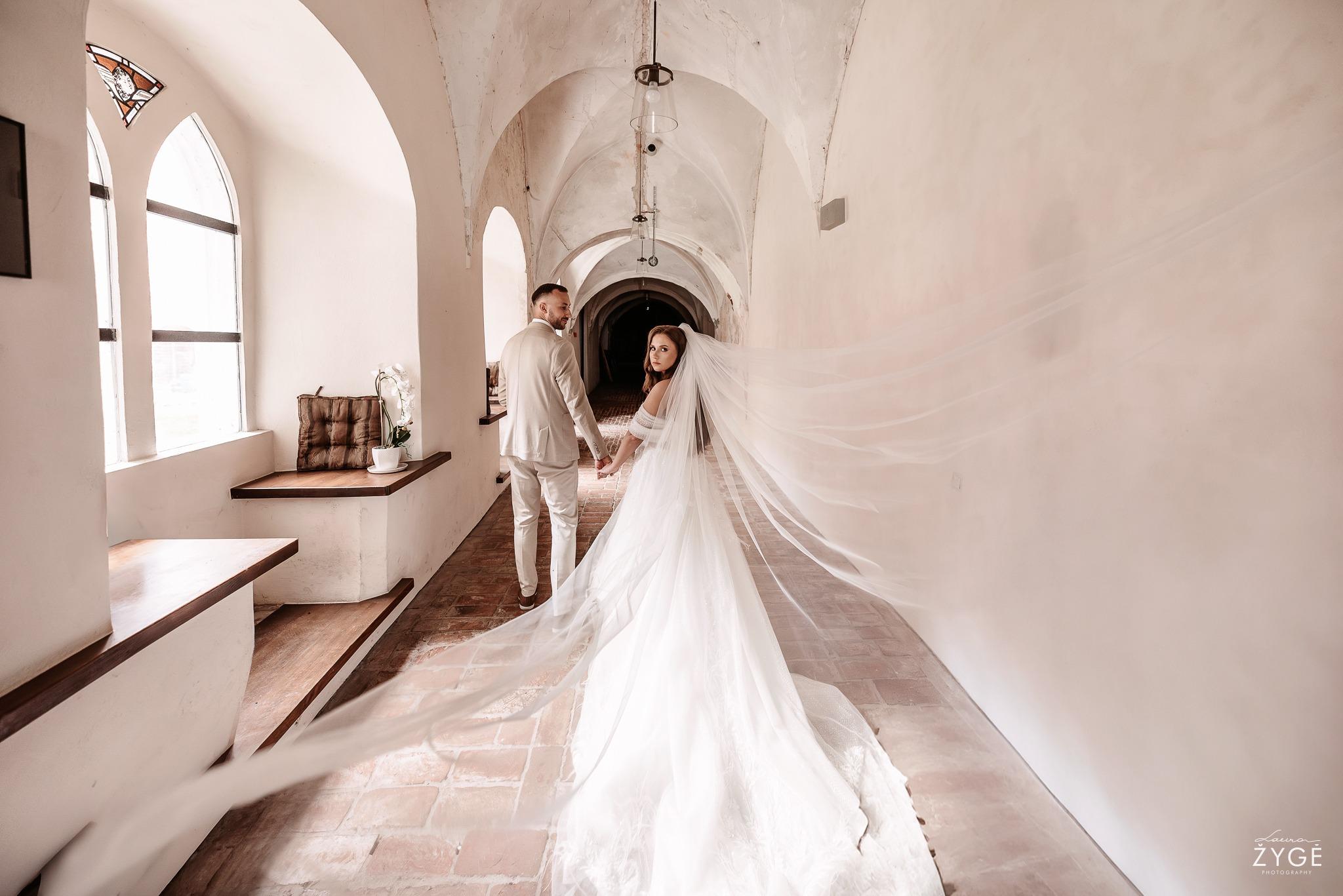Destination weddings – Weddings in Italy
Italy is an everlasting symbol of romance that has captivated the world for centuries with its unmatched beauty, rich culture, and enchanting atmosphere. It’s no surprise that thousands of couples from around the globe choose this Mediterranean gem for their big day every year. An Italian wedding is more than a ceremony—it’s a true celebration of life, steeped in history, tradition, and stunning aesthetics.
Picture saying “I do” among Tuscany’s blooming hills, on a charming Amalfi Coast terrace, or by the mystical waters of Lake Como. Italy offers countless unforgettable settings for your wedding. In this in-depth guide, you’ll learn everything about planning a wedding in Italy: from legal requirements and venue choices to traditions, budgeting, and the best time of year. Let Italy’s magic become part of your love story.
Why choose Italy for your wedding?
Italy is rightly called one of the world’s most romantic countries. It blends history, culture, natural beauty, and food traditions into the perfect backdrop for your special day.
One of Italy’s biggest strengths is its incredible variety of landscapes. You could marry among Tuscany’s scenic hills, where vineyards and olive groves create a dreamy view, or on the dramatic cliffs of the Amalfi Coast, where the blue Mediterranean contrasts with colorful seaside towns. Romantic ceremonies by Lakes Como, Garda, or Orta offer an elegant, upscale feel, while the historic architecture of Rome, Florence, or Venice adds a touch of grandeur.
Italians are known for warm hospitality and a talent for celebrating—this is a nation that truly knows how to host a memorable event. Food is central to Italian culture, so your reception becomes a culinary adventure—from fresh seafood and handmade pasta to excellent local wines and unforgettable desserts.
Most popular Italian wedding locations
Each region has its own charm and suits different wedding styles:
- Tuscany – perfect for classic Italian weddings among rolling hills, vineyards, and historic villas
- Amalfi Coast – breathtaking coastline with spectacular sea views
- Apulia (Puglia) – authentic southern Italy with white trulli houses and olive groves
- Lake District – elegant, luxurious weddings by Lakes Como, Garda, or Maggiore
- Sicily – history-rich island with ancient sites and outstanding Mediterranean cuisine
- Venice – perhaps the world’s most romantic city with gondolas and Renaissance palaces
- Rome – the Eternal City, where iconic landmarks create a striking backdrop
Legal requirements and the planning process
If you want to marry in Italy, it’s important to understand the legal requirements and paperwork. While the process can seem complex, with good planning—and ideally a local specialist—it can be straightforward.
Foreigners can choose a civil or religious ceremony in Italy. Each has its own rules, but both require certain documents.
Key documents for a civil marriage:
- Passport or national ID card
- Birth certificate (apostilled and translated into Italian)
- Nulla Osta – a certificate of no impediment (issued by your country’s embassy/consulate in Italy)
- Marriage declaration (completed at the Italian municipality)
- Proof of dissolution of any previous marriages, if applicable
For Catholic ceremonies you’ll also need:
- Baptism and Confirmation certificates
- A letter of freedom to marry from your parish
- Permission from your diocese
- Proof of completing a marriage preparation course
Start the paperwork at least 6 months before your date. All documents must be translated into Italian and, in most cases, apostilled. Hiring a wedding planner experienced with international weddings in Italy is highly recommended to keep things smooth.
Tips from local wedding experts
Planners suggest booking popular venues 12–18 months ahead, especially for peak season (May–October). They also advise leaving extra time for paperwork, as Italian bureaucracy can be slow.
Experts stress having a Plan B for outdoor ceremonies—even in sunny Italy, weather can be unpredictable. And remember local rhythms—many businesses close for midday riposo (siesta).
Choosing the perfect Italian venue
Picking the venue is one of the most important decisions. Italy offers a huge range—from historic castles and Renaissance villas to vineyards, beaches, and town squares. Each space sets a different mood.
When choosing, consider guest count, season, the vibe you want, budget, and accessibility. Here are popular venue types in Italy:
Historic villas and palaces
Italy’s historic villas—often surrounded by beautiful gardens—offer an elegant, luxurious setting. Many have significant history and architecture that create a unique atmosphere. They’re also used to hosting weddings and can provide full-service packages. Top villa regions include Tuscany, Veneto, and Lombardy.
Castles and estates
If you dream of a fairytale wedding, Italy’s castles and estates deliver a royal experience. Expect grand halls for ceremonies and dinners, plus charming courtyards and parks. You’ll find especially beautiful castles in Piedmont, Lombardy, and Tuscany.
Vineyards and farmhouses
For an authentic feel, vineyards and agriturismo farmhouses are perfect. They offer a natural, rustic setting, often with sweeping views of hills or mountains, along with excellent local cuisine and, of course, great wine. Tuscany, Umbria, and Piedmont are standout regions.
Beaches and coastal villas
Italy’s coastline has romantic beaches and charming seaside towns. The Amalfi Coast, the Italian Riviera, Sardinia, and Sicily are great choices for beach ceremonies and seaside receptions. Many coastal villas and hotels have terraces with stunning sea views.
City palazzi and historic centers
Italian cities offer refined historic spaces—from Renaissance palazzi and chic hotels to museums and landmark buildings. Venetian palaces on the Grand Canal, Florence’s historic venues, or Roman villas make unforgettable urban settings.
Italian wedding traditions and customs
Italian wedding traditions reflect a rich cultural heritage and strong family values. Including some of them can add authenticity and charm. While customs vary by region, some are common nationwide.
One of the oldest traditions is La Serenata: the night before the wedding, the groom arrives at the bride’s home with musicians to serenade her. It’s less common today, but some couples still keep this romantic custom, sometimes as a surprise on the eve of the wedding.
Italians consider Friday a lucky day for weddings—linked to Venus, the goddess of love. Sundays are also popular, symbolizing prosperity and fertility. May is traditionally seen as unlucky, and Tuesday or Friday the 17th is often avoided.
Another widespread tradition is giving confetti. These aren’t paper bits, but sugar-coated almonds—usually white—symbolizing purity and good fortune. They’re traditionally given in sets of five, representing health, wealth, longevity, happiness, and fertility, and are presented in elegant pouches or boxes called bomboniere.
Italian wedding feasts are famously long and plentiful. The aperitivo can last up to two hours, followed by a multi-course dinner. Favorites include fresh seafood, handmade pasta, local cheeses, and meat dishes. Instead of a classic tiered cake, many couples choose millefoglie—a light layered pastry with cream and fresh berries—assembled in front of the guests.
Another beloved custom is La Tarantella, a traditional southern Italian dance. Guests form a circle around the couple, clapping and spinning faster and faster—symbolizing the community’s support for the newlyweds.

Wedding costs and budgeting in Italy
A wedding in Italy can range from a few thousand to several hundred thousand euros, depending on your choices and guest count. Set a realistic budget and understand the cost breakdown.
The average cost typically falls between €15,000 and €40,000, covering venue, catering, decor, photography, and other core services. Prices vary widely by season, region, and preferences. For example, hotspots like the Amalfi Coast or Lake Como cost more than lesser-known areas.
Main cost items:
- Venue rental: €3,000–€15,000 (depending on prestige, season, and duration)
- Catering: €100–€250 per guest
- Planner fees: €2,000–€8,000 (often 10–15% of the total budget)
- Photography & videography: €1,500–€5,000
- Flowers & decor: €1,000–€5,000
- Music: €800–€3,000 (DJ vs. live music)
- Legal procedures & documents: €500–€1,500
- Attire: €1,500–€7,000
- Transport: €300–€1,500
Additional costs to consider: guest accommodation (if you plan to cover it), favors, beauty services, and your own travel and lodging.
Money-saving tips:
- Choose off-season months (November–April), excluding Christmas and New Year
- Hold the wedding on a weekday instead of a weekend
- Consider less famous—but equally charming—regions
- Keep the guest list smaller—intimate weddings are often more meaningful and budget-friendly
- Opt for local flowers and seasonal produce
- Book early and negotiate
Keep a contingency—about 10% of your total budget—for unexpected expenses. Also note that tipping is customary in Italy; plan an extra 5–10% for service staff.
Working with an Italian wedding planner
Planning abroad can be challenging, so a professional Italian planner is often invaluable. A local expert understands culture, traditions, and suppliers, and can bridge the language gap for you.
Choosing the right planner is key. Review portfolios, read reviews, and ask for referrals. Look for planners who specialize in your target region and have experience with international couples.
Clear communication is essential. Share your vision, expectations, and budget from the start. Most professionals speak English, but agree on how—and how often—you’ll communicate, especially across time zones.
A planner’s services may include:
- Helping select and book the venue
- Handling legal paperwork and translations
- Recommending and coordinating vendors (photographers, florists, musicians)
- Organizing food and beverages
- Coordinating guest lodging and transport
- Planning the ceremony and reception
- Incorporating Italian traditions
- Full day-of coordination
Planner fees in Italy usually range from €2,000 to €8,000, depending on scope. Some charge a flat fee; others take a percentage (typically 10–15%). While it’s an added cost, a good planner can save money through vendor negotiations and by avoiding costly mistakes.
Sign a detailed contract outlining the scope of work, payment schedule, and cancellation terms. Consider event insurance to protect your investment against unforeseen circumstances.
Seasonal factors and the best time to marry in Italy
Italy’s climate and seasons have a big impact on your experience, so choosing the right date matters. Each season offers unique advantages and challenges.
Spring (April–June) is one of the most popular times. The weather is pleasantly warm, nature is in bloom, and tourist numbers haven’t peaked yet. May and June are especially beloved for ideal conditions and long sunny days. Do note that Easter week and other spring holidays can drive up prices and crowds.
Summer (July–August) brings the longest days and plenty of sun, but it can be very hot—especially in the south, where temperatures often exceed 35°C. Plan ceremonies for late afternoon or early evening. Summer is also peak tourist season, so popular places will be crowded and pricier, and hotels book up early.
Autumn (September–October) is considered by many the best time. It’s warm but not hot, and visitor numbers drop. Tuscany and Piedmont are especially beautiful as vineyards turn gold and red. Harvest festivals and food events can add to your guests’ experience.
Winter (November–March) is the least popular season, but it has its own charm and lower costs. Northern mountain regions offer magical snowy weddings, and cities sparkle with holiday decor. Venice’s February carnival can be an unforgettable backdrop. Keep in mind some attractions and restaurants have shorter hours or close in winter.
Regional notes:
- Northern Italy: Best months are May, June, and September. Winters can be cold, especially in the mountains.
- Central Italy: Ideal from April to October, with May, June, and September particularly pleasant.
- Southern Italy & islands: Spring and autumn are best; summers can be very hot. Winters are mild but can be rainy.
When picking a date, also check local events and holidays that can either enhance your guests’ experience or cause issues with crowds and higher prices. Around Ferragosto (August 15) many businesses close, and prices peak over Christmas and New Year.
Conclusion
Italy is a place where romance fills every corner, and wedding traditions are as rich as its history. From Tuscany’s sweeping hills to the Amalfi Coast’s dramatic shores, from Rome’s historic palaces to the quiet banks of Lake Como—Italy offers an unbeatable stage for your love story.
Planning a wedding in Italy can seem complex, but with solid preparation, professional support, and a clear vision, your dream day can come to life. Whether you choose an intimate ceremony in the vines or a lavish celebration in a historic villa, authentic Italian culture, incredible cuisine, and warm hospitality will create an experience you and your guests will never forget.
Let Italy’s charm and warmth witness the start of your marriage. La dolce vita—the sweet life—begins here, among sunlit olive trees under the blue Mediterranean sky, where centuries of love stories have inspired poetry, art, and music. Your Italian wedding will be not just a celebration, but an unforgettable journey you’ll treasure for life.
Frequently asked questions
How much does a wedding in Italy cost?
Prices vary by region, guest count, and style, but most weddings range from €15,000 to €40,000. Intimate, budget-friendly options can cost less, while luxury events can be far more.
Can foreigners legally marry in Italy?
Yes—many do every year. You’ll need specific documents and to follow legal procedures, which a local wedding planner can help manage.
What are the best places for weddings in Italy?
Top choices include Tuscany, Lake Como, the Amalfi Coast, Sicily, Venice, and Rome—each with its own landscape and atmosphere.
How early should we start planning?
Ideally 12–18 months before your preferred date, especially for popular locations and peak season.
Which Italian traditions could we include?
Consider a pre-wedding serenade (la serenata), cutting a fresh millefoglie cake, and gifting sugar-coated almonds (confetti) to guests.



